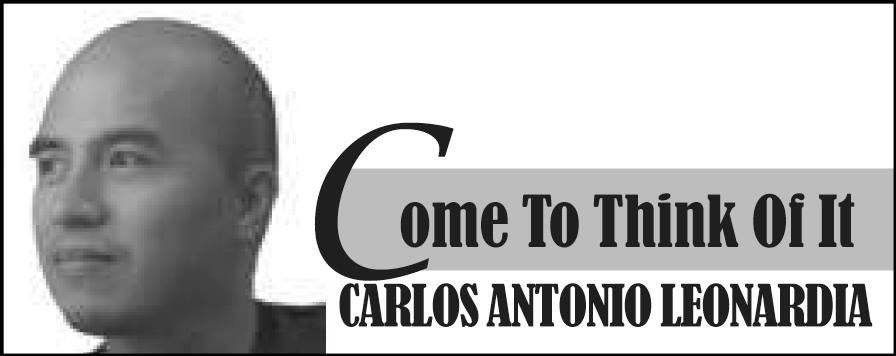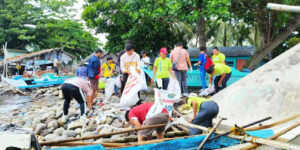
According to Wikipedia, the 15-minute city is a residential urban concept in which most daily necessities and services, such as work, shopping, education, health, and leisure, should be located within an easily reachable 15-minute walk or bike ride from any point in the city. This approach aims to reduce car dependency, promote healthy and sustainable living, and overall improve the quality of life for city dwellers.
The concept roots can be traced in pre-modern urban planning traditions, where walkability and community living were the primary focus before the advent of street networks and automobiles. It has gained significant traction in recent years after Paris mayor Anne Hidalgo included a plan to implement the concept during her 2020 reelection campaign. Since then, a number of cities worldwide have adopted the same goal and many researchers have used the 15-minute model as a spatial analysis tool to evaluate accessibility levels within the urban fabric.
If you come to think of it, every city is already a 15-minute city by default, if only we didn’t become overly dependent on cars, to the point that now, we spend most of those 15-minutes stuck in traffic, waiting for the light to turn green or the traffic enforcer to wave us through. But if we just suddenly took out all the cars, made the roads and sidewalks safe for pedestrians and bicycles, with generous amounts of natural shade, any area close to most city centers already qualifies to be categorized as a 15-minute one.
In our case, all Bacolodians have to do to appreciate the 15-minute city concept is look back to 10-15 years ago, when almost everything in the city was 10 minutes away, albeit by car. Back then, when traffic congestion wasn’t the problem it is now, I remember that I could guarantee anyone that I was supposed to meet within the city core that I can be there in 10 minutes.
However, as time went by, the number of people, businesses and cars increased, and without any real long term urban or master plan, except for the handy lame excuse that “traffic is a sign of progress,” here we are, most of the time stuck in that supposedly “progressive” traffic.
As usual, in a car-centric society that has only known one solution ever since the kickback was invented, the answer is to build more roads. Build, widen, or break apart to “repair,” it doesn’t matter. As long as construction is involved, everyone looks busy trying to supposedly improve the situation, while the major players get to make easy money on the side. Road building is a winning solution for those who hold the reins of power and influence in this country, but is unfortunately turning out to be a losing proposition for the cities they are supposed to be managing and the people who have to live in in it, without the luxury of a red-plated SUV convoy.
The 15-minute city might seem like an impossible dream, especially in societies that seem to be already set in their ways and when leaders have no political will. But because Paris and its mayor, Anne Hidalgo, was able to make significant strides towards it, shouldn’t any city in the world be able to follow suit? After all, if the French capital and mega-metropolis did it, what is stopping our tiny cities from doing the same?
At this point, I’m not betting on Bacolod City being able to make headway, because it’s no Paris, in more ways than one, and in the case of a 15-minute city evolution, the ingredients for a transformation doesn’t seem to be there yet. And, its currently too big and busy to gamble on changing its entire system and way of life.
However, for the other less busy cities in the Metro Bacolod area, such as Silay, Talisay, Bago and Victorias, the window is open and a transformation into a legitimate 15-minute city actually looks doable if the officials there decide to take the leap. All they have to do is turn away from the car-centric mentality and focus on people more. Of course, it’s not as easy as it sounds, because all of us have been programmed to be carbrains at this point, but it should certainly be worth a try, especially if the goal is to reduce car dependency, promote healthy and sustainable living, and improve the overall quality of life in those cities.
We may not be able to imagine a life without our precious cars right now, but if our cities were reconfigured and managed so we don’t even need cars anymore, imagine how much time and money we would save, as well as its impact on the quality of the environment that our grandchildren will inevitably inherit.*







